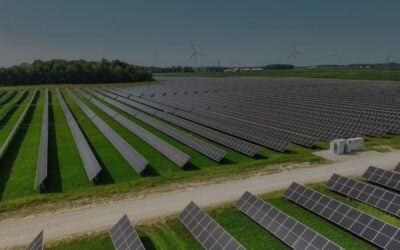This will be the first PSH system installed in the UK for 30 years. Credit: Eishken
The organisers of luxury sporting estate Eishken are planning to install 300MW of pumped hydro storage (PHS) on the Scottish Isle of Lewis to store energy primarily from wind farms on the island.
This will be the first PHS system installed in the UK for 30 years. The sea will be used as the lower reservoir from which water will be pumped uphill towards a second reservoir for storage in order avoid having to construct a lower reserrvoir and to make the project easier and quicker to build.
International infrastructure design and engineering consultancy AECOM is giving Eishken technical advice on the project.
The hydro storage systems will neighbour and form part of the 162MW Muaitheabhal Wind Farm on the same island and will be capable of powering more than 200,000 homes.
Try Premium for just $1
- Full premium access for the first month at only $1
- Converts to an annual rate after 30 days unless cancelled
- Cancel anytime during the trial period
Premium Benefits
- Expert industry analysis and interviews
- Digital access to PV Tech Power journal
- Exclusive event discounts
Or get the full Premium subscription right away
Or continue reading this article for free
The project will also result in the doubling the use of the Western Isles Link, which is a National Grid-installed cable used to export and import power from renewable sources on the islands.
The island community will share in any financial surplus from the project. Meanwhile, more than 150 jobs will be created during the three to five-year construction period.
Nick Oppenheim, owner of Eishken, said: “Although using the sea as the lower reservoir is new to the UK, the technology is proven in Asia.
“There are very few PHS schemes throughout the UK and what we are proposing is particularly innovative given the use of the sea as the lower reservoir. This scheme will not only materially enhance the benefits to be derived from the Western Isles link but will make a material difference in the supply of energy to the mainland. It will also be a key element in the Scotland’s renewable energy armoury.”





